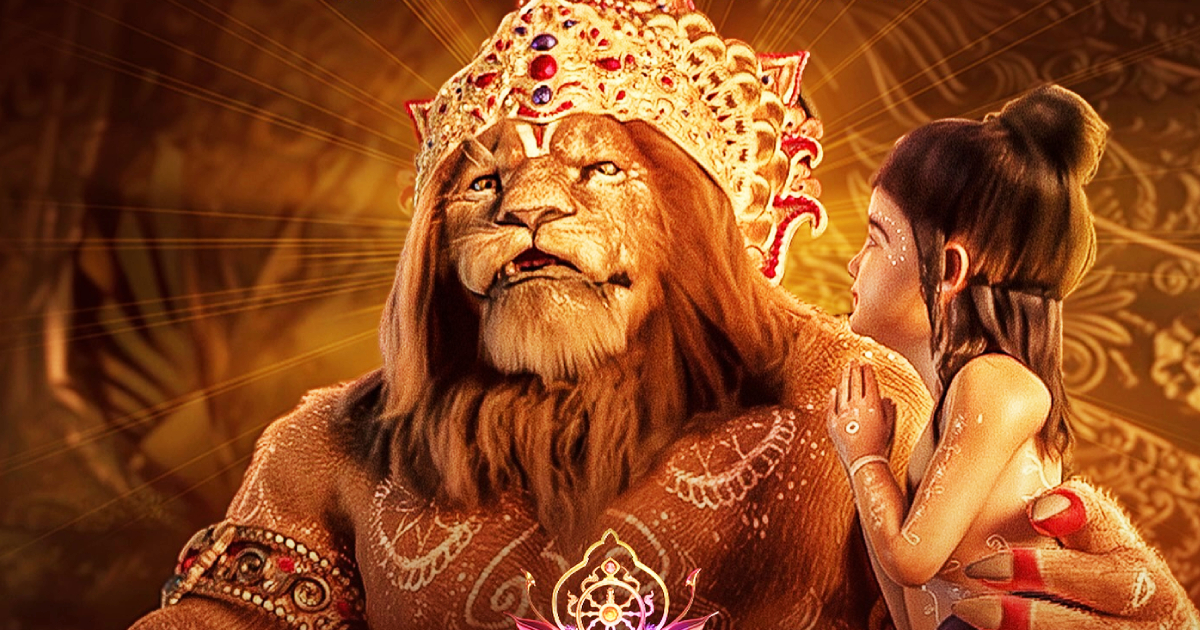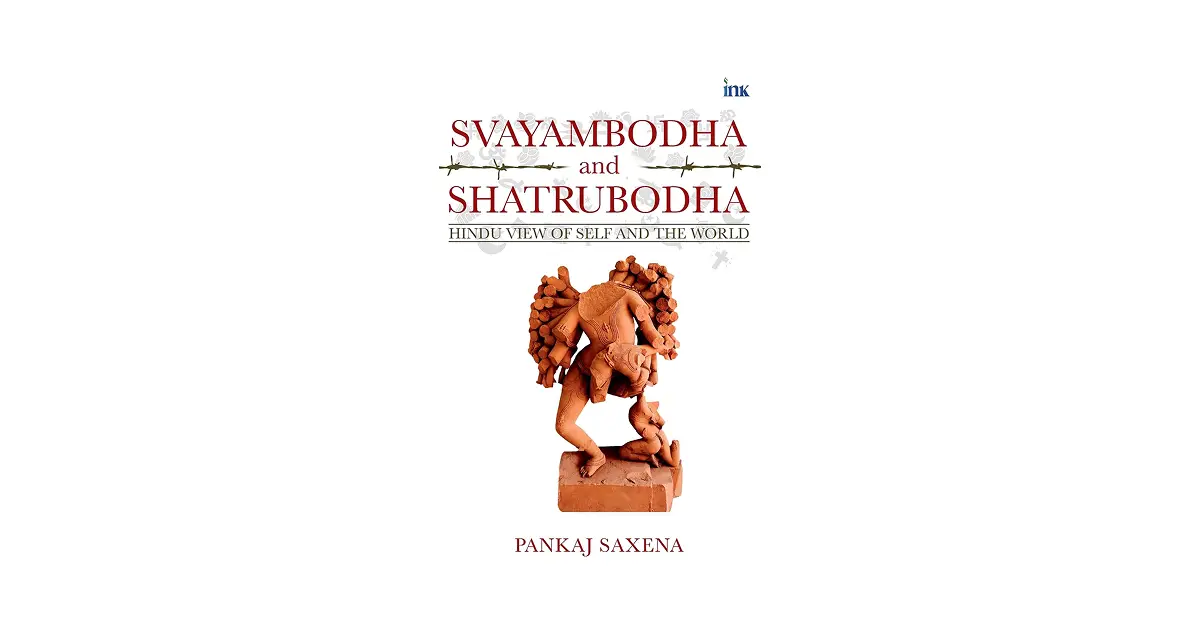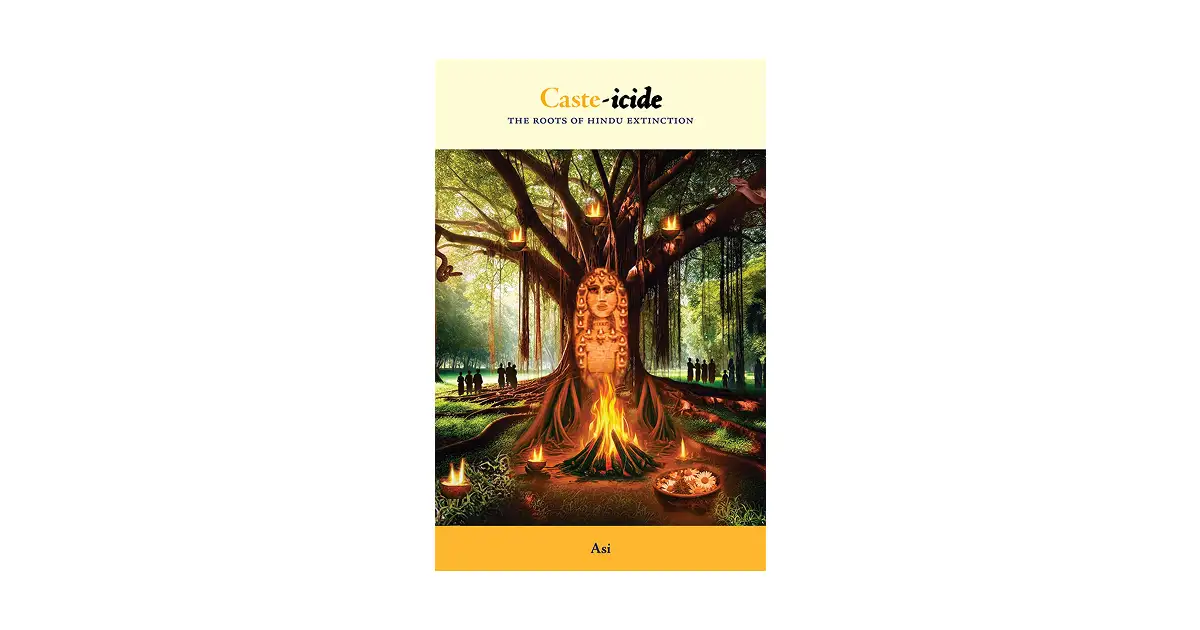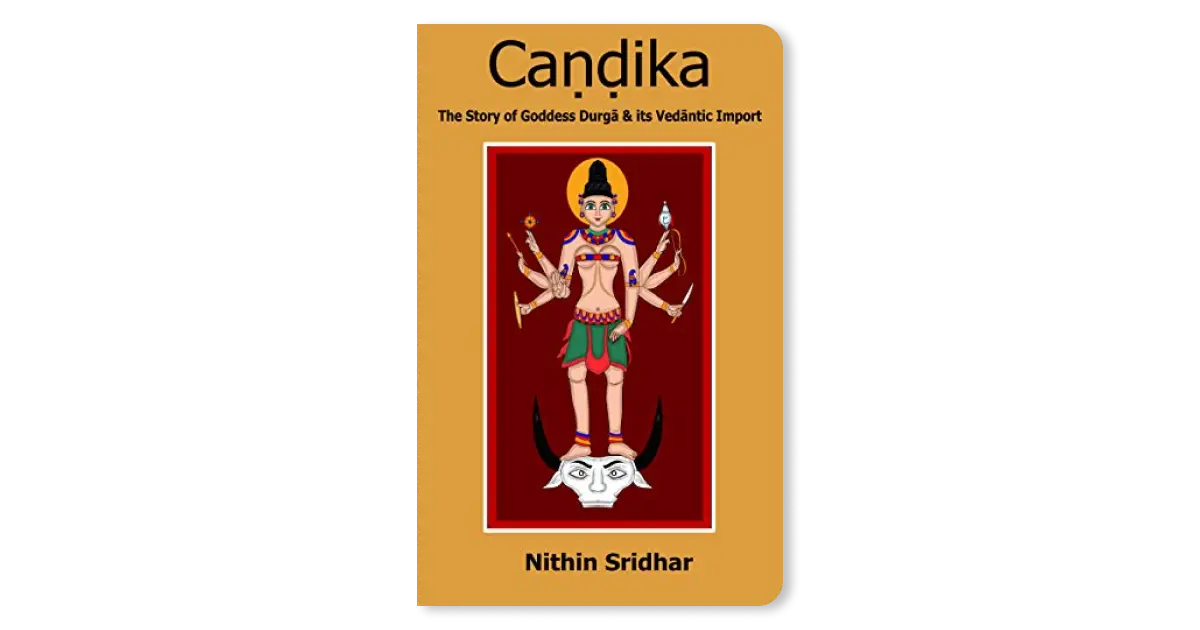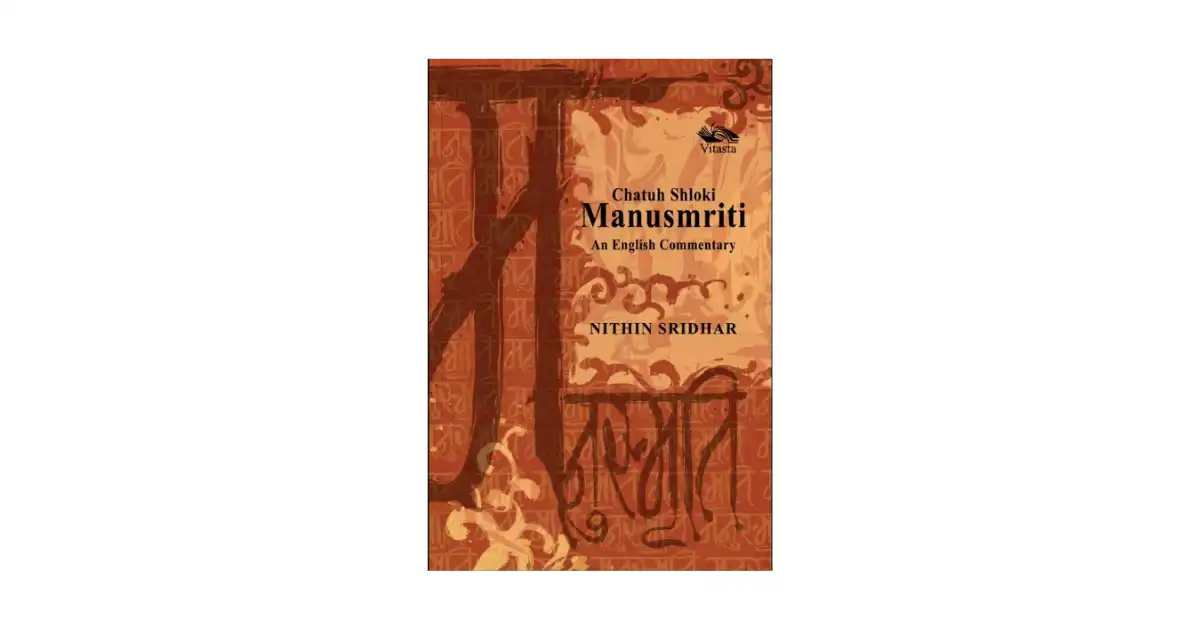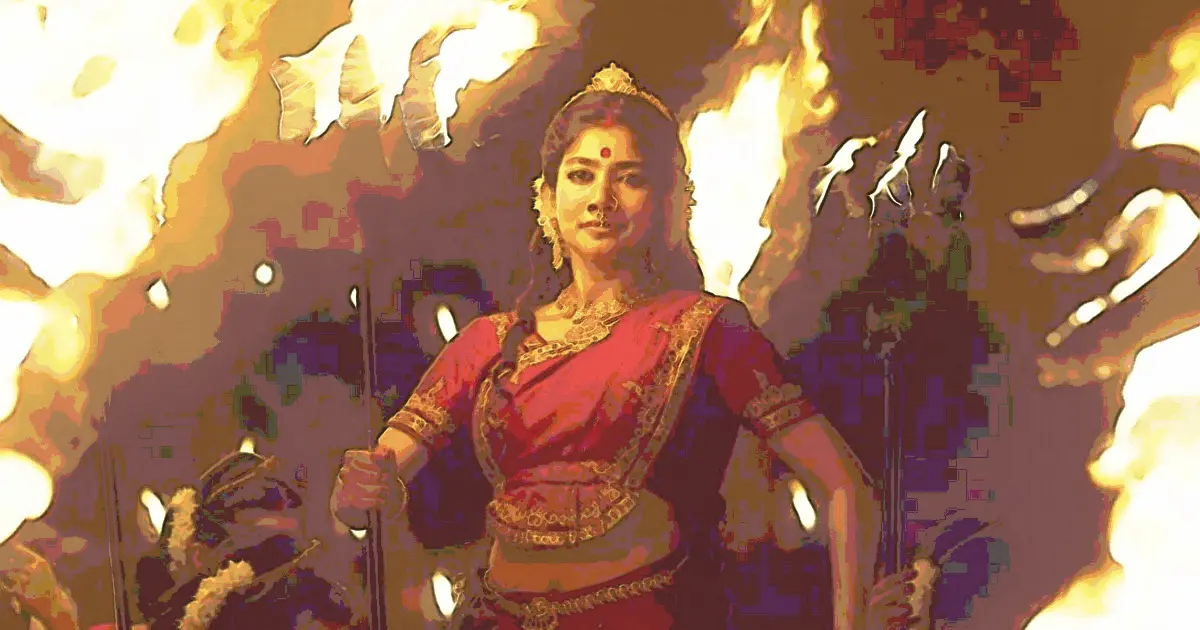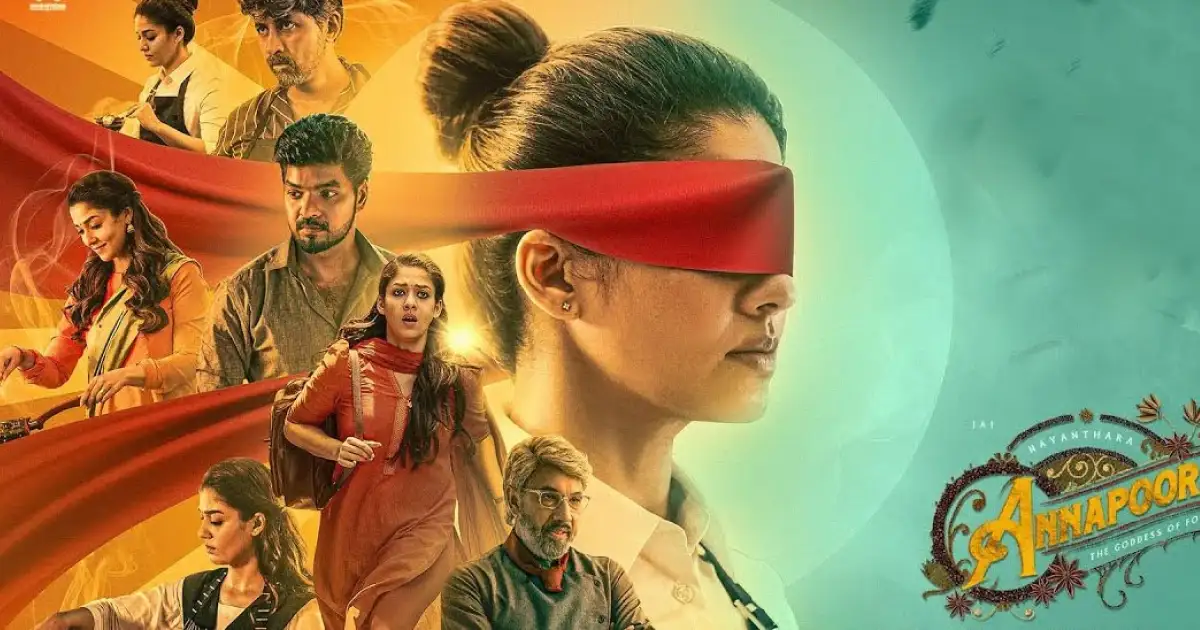In the age of resurgent Hindu storytelling through digital and cinematic media, Mahavatar Narasimha directed by Ashwin Kumar, enters the growing landscape of devotional cinema with a lofty aim: to bring Vārāhāvatāra and Narasiṁha to life through the modern medium of animated storytelling. “This film is a heartfelt seva offering,” Kumar explains, “created to glorify the divine pastimes… and inspired by the Srimad Bhagavatam and the teachings of Srila Prabhupada.” Rooted in ISKCON’s devotional ethos, the film aspires to spiritually awaken viewers through a visually powerful and emotionally resonant experience.
ISKCON’s Narrative Imprint
To understand Mahavatar Narasimha, one must first understand the institution that birthed it. ISKCON—The International Society for Krishna Consciousness—has carved for itself a unique place in the global imagination of Hindu consciousness. Its outreach model, often transliterating bhakti into universalised formats (musical performances, simplified scriptural translations, temple-centered aesthetics), has been highly effective. This film continues that lineage. It incorporates not a strictly Puranic retelling of the Narasiṁha and Varāha, but rather, a stylized rendering based on Srila Prabhupāda’s translation of the Bhāgavatam.
This narrative framework brings a devotional intensity characteristic of ISKCON's culture, focusing on an accessible, emotionally evocative path to bhakti rather than strict theological or scriptural precision. The stories are simplified, dramatized, and sometimes even altered—not with malice, but with an eye toward devotional impact.
Aesthetic Choices
Where Mahavatar Narasimha falters most visibly is in its aesthetics and stylization. From the garish color palette to the oddly disproportionate, unlifelike character design, the film's visual language fails to conjure the spiritual sublimity one associates with purāṇa-itihāsa. The animation fails to elevate the narrative to the plane of the sacred, and the characters—especially Prahlāda, who is seen sporting a bare forehead for much of the film—lack the beauty, grace, poise, and otherworldly divinity that one instinctively associates with these beloved icons.
The visual treatment of divine characters should ideally evoke awe, serenity, or transcendence. Compare this with the 1967 Telugu classic Bhakta Prahlada—a film made with minimal technology and multiple constraints, yet radiates divinity in every frame, is replete with powerful emotions such as maternal love and unrelenting faith. With rich dialogues, excellent performances, and an intuitive sense of rasa, Bhakta Prahlada captured the essence of the story in the film format without compromising on the sacred. Mahavatar Narasimha, however, appears limited by its technical choices, which at times hinder rather than enhance the film’s aspirations. Even the opening sequence, which features Diti seducing Sage Kaṣyapa, is handled with a degree of crudeness that feels entirely misplaced. What could have been rendered with symbolic nuance or poetic subtlety is made literal and the effect is tonally jarring.
Dialogue, Characterization, and the Missing Grace
One of the great strengths of puraṇic storytelling lies in its layered characterizations—kings, sages, demons, and Gods all act with moral complexity and emotional depth. In Mahavatar Narasimha, the writing falls short, stripping them of these layers. The liberties taken in dialogue and tone are perhaps forgivable in the name of adaptation, but they result in flattening characters like Prahlāda and Hiraṇyakaśipu into singular dimensions. This lacuna was especially felt in Prahlāda’s mother — whose maternal love scarcely came through in the film; though her face was repeatedly shown in distress each time her son was condemned to death, she was given no dialogue and no emotional depth. Her presence lacked complexity, and the absence of a heartfelt plea to Hiraṇyakaśipu to spare her child left a significant emotional void in what could have been a powerful portrayal of maternal anguish.
The emotional arc of the story felt oddly cold, for an ordinarily endearing tale. Narasimha's climactic appearance—meant to be a moment of terrifying, cosmic beauty—falls a little flat due to the absence of an emotional crescendo preceding his appearance.
Production and Artistic Direction
There’s no question that culture-centric projects deserve better. Even within modest budgets, aesthetic excellence is never out of reach. The 1993 Japanese anime Ramayana: The Legend of Prince Rama—a masterpiece of animation and storytelling—stands as proof that with creative vision and artistic rigor, sacred stories can be told beautifully — its every frame reflects devotion, fidelity to the spirit of the original text, and has withstood the test of time.
In Mahavatar Narasimha, the problem lies not only in the resources but in the artistic choices made. Had the filmmakers leaned fully into the dreamy, feminine, ethereal aesthetic that ISKCON often conjures at—think of soft pastels in watercolor —the film might have had an evocative charm.
The film’s production seemed to have cut corners—whether due to budget or timeline, a certain sense of perfection and attention to detail was lacking. In my opinion, much of the audience's affection and excitement for the film stems from the deep, prior emotional attachment to Prahlāda. At times, the movie felt more like a mythology-based Avengers film than a culturally rooted Hindu tale. The visual style, pacing, and action sequences felt heavily inspired by a Western aesthetic, rather than being drawn from the rich visual and narrative traditions of Indian art, temple sculpture, and classical theatre. For instance, Varuṇa is depicted as a blend of the Greek God Poseidon and a Kraken; the ogres that attempt to kill Prahlāda seem like a blend of orcs and trolls. While the fight scenes were certainly enjoyable—especially for young audiences —the overall tone lacked the gravitas and symbolic depth our stories deserve. The potential to create a distinct look and feel for Indian animation rooted in spiritual and religious themes still remains largely untapped.
A Heartening Sign of What’s to Come
None of this is to say that Mahavatar Narasimha has no merit. The film is, in many ways, a significant step in the right direction and its success is an encouraging sign of things to come. The mere fact that animated cinema is being employed to explore Puraṇic tales is worth celebrating as it opens up a definitive path for other filmmakers and storytellers looking to explore this genre. Audiences have responded with overwhelming enthusiasm, and the film’s popularity is an encouraging sign for the entire Indian creative industry striving to produce more civilisationally rooted content.
Conclusion
Mahavatar Narasimha is a sincere and spirited attempt to bring sacred Hindu narratives to life through animation—a medium with immense potential for civilizational storytelling. Though the film stumbles in execution, its passion and intent are undeniable, and it sets a meaningful precedent for future efforts in this space. As a cultural artifact, it reminds us that India’s creative industries are only beginning to tap into the vast reservoir of visual, narrative, and spiritual traditions available to them. But for such stories to truly soar, sincerity must be matched with artistic rigour, a deeper engagement with the texts, and a refined grasp of rasa. While it is easy to critique what is lacking, it is just as important—and more constructive—to recognize and appreciate what has been achieved, and build on that promising foundation. With greater artistic rigour, stronger teams, and a clearer aesthetic vision rooted in the spirit of the stories themselves, future retellings may yet rise to meet the divine they depict. And that, truly, is something to look forward to.
